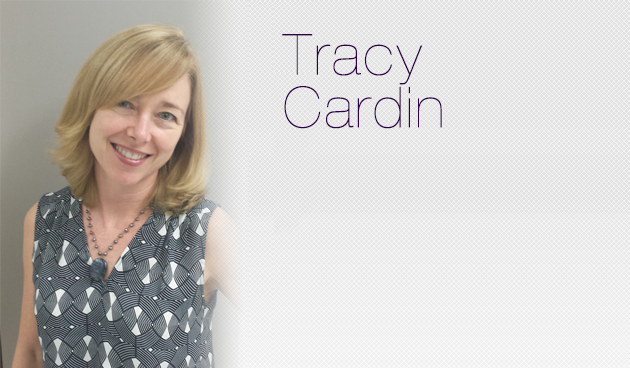I sometimes joke that hospitalists are the medicine version of the mullet haircut – you know, all business in “the front” (i.e. the patient care area) and all party in “the back” (i.e. the work room). In “the back”, the usual scenario is to complain and moan about our frequent flyers, our drug seekers, our many unsaveable patients, the incredible situations (“He put a nail where??), with good-natured but somewhat bitter truculence about sharing duties with housestaff and general whining about hospital leadership.
Generally, as long as these semi-inappropriate conversations and remarks were kept “backstage”, and our demeanor was professional “onstage”, I felt it was harmless. You know, gallows humor. A coping mechanism. And often entertaining. But there was always a part of me that wondered if these “backstage” conversations were having a more corrosive impact on communication with our patients. Does it normalize a negative judgement about patients if you complain about it in this public way?
Then, recently I had the privilege of hearing Dr. Aziz Ansari speak at the Chicago SHM chapter event about a new resource that SHM and the Practice Management Committee developed to address cultural humility. And though this was developed to learn to be aware of our own many innate biases as providers, which is important, I really walked away with a slightly different impact.
First, a moment to define cultural humility. In the medical realm, cultural humility is defined as a process of being aware of how people’s culture can impact their health behaviors and in turn using this awareness to cultivate sensitive approaches in treating patients. To develop this, we need to incorporate the “5 Rs”. They are:
- Reflection: Hospitalists will approach every encounter with humility and understanding that there is always something to learn from everyone.
- Respect: Hospitalists will treat every person with the utmost respect and strive to preserve dignity at all times.
- Regard: Hospitalists will hold every person in their highest regard while being aware of and not allowing unconscious biases to interfere in any interactions.
- Relevance: Hospitalists will expect cultural humility to be relevant and apply this practice to every encounter.
- Resiliency: Hospitalists will embody the practice of cultural humility to enhance personal resilience and global compassion.
How many times have you approached a patient “loaded for bear”, already sure of how the interaction was going to go, already sure that this particular patient was going to be what is commonly known as a “problem child”? You already knew all there was to know. Except you didn’t. Because you didn’t approach that interaction with an open heart or mind. You weren’t expecting to learn anything. You had the already always way of being all locked up.
It’s so easy to get in that mode of bitterness, of burnout, of not caring. It’s always easier to give in to negativity or judgement. And I could add my lousy 2 cents to the “burnout” conversation. Believe me, I’ve been there.
I had a patient recently – truly one of those on the “Top Five Patients You Never Want to See on the Admit List” patients. But I had just heard this talk on the 5 Rs. So, I decided to really try – to put in effort, to walk that walk. What a difference. First I reviewed the 5 Rs. Then I started from a different position, instead of assuming this patient would not want to go home, would prefer to stay in the hospital and receive narcotics, I approached the encounter with a blank slate, a desire to really understand and learn about her, (reflection). First I reviewed the “5 Rs”. Instead of forwarding MY agenda of discharge, I asked her about her goals for her hospitalization and I tried to fit the plan of care in with those goals, and communicated that desire in a very respectful way, (respect). This patient, who normally is very difficult to discharge, who is often verbally abusive, who routinely has risk management and patient advocates involved in her care during her hospital stay, completely blossomed. She got up in a chair, her sitter put on music and began to detangle her hair. I sat in the room for a few minutes and learned more about this patient as a person, not as a patient. In the end, I actually created a connection with someone completely unreachable. I actually LIKED her. And she went home, no risk management, no patient advocate, no anger.
Ultimately, the 5 Rs is not to benefit patients, although I think that was the design, but for providers. Because I approached the interaction with this open heart/mind, I did develop personal resilience, and rather than feeling burnt and bitter, I felt satisfied, because I actually helped someone I was sure that could never be reached. Imagine the impact on your day; imagine having actual satisfying connections with patients, with humanity. Imagine walking away and connecting with that part of you that had the calling to care for others in the first place. Remember that joy, that passion, the optimism, the crystal clear desire to make a difference? Well it’s still there. Check it out.
The party is still in the back, but maybe we need to throw some Rs into that work room.



Leave A Comment